Blogs & News
We are focus on automotive wiring harness & connectors technology.
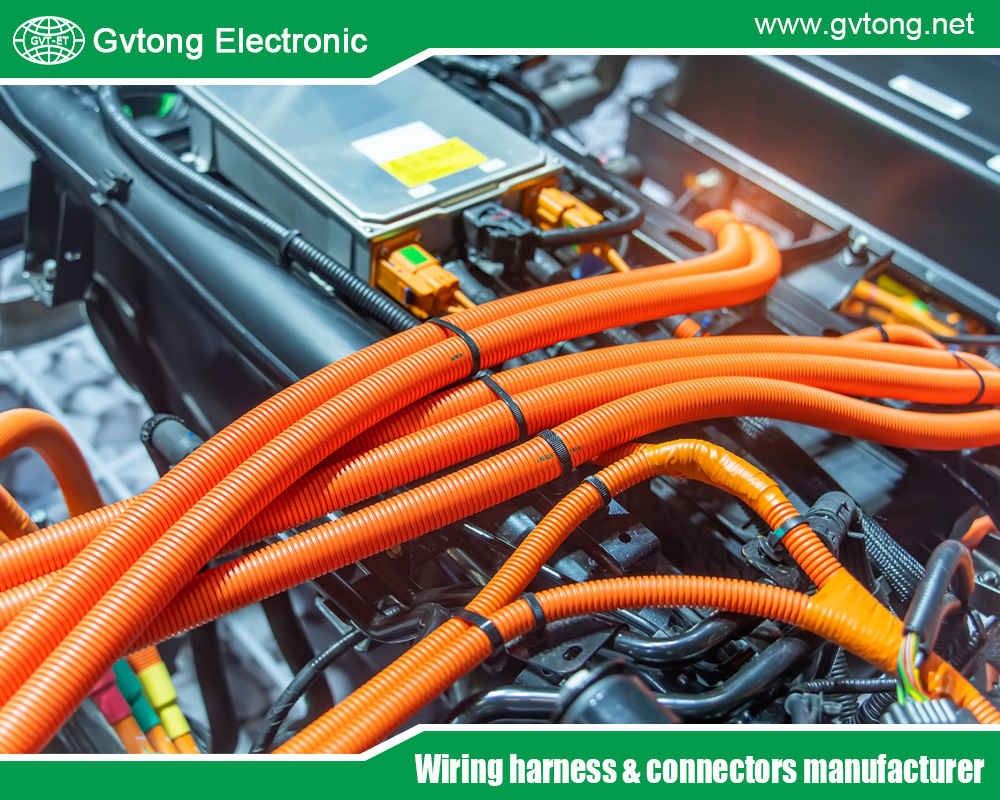
Automotive Power Distribution
- Gvtong Electronic
- ADAS sensor connectors, Anti-vibration automotive connectors, Automated assembly connectors, Automotive antenna connectorAutomotive power distribution connector, Automotive data connectorAutomotive power distribution connector, Automotive high - frequency connector, automotive power distribution, Automotive power distribution connector, automotive power distribution manufacturer, automotive power distribution supplier, Automotive Power Supply solutions, Automotive shielded connectors, automotive waterproof connectors, Automotive-grade AEC-Q200 connectors, Battery management system (BMS) connectors, best automotive power distribution, Blind-mate automotive connectors, Cost-effective automotive connectors, EV charging connectors, Fuel cell connectors, Halogen-free automotive connectors, high - frequency, High-speed data connectors, High-temperature resistant connectors, In-cabin infotainment connectors, Lightweight automotive connectors, Low-contact resistance connectors, Modular automotive connectors, Multi-variation connectors, Oil-resistant automotive connectors, Pre-charge/discharge connectors, Quick-fit automotive connectors, Recyclable material connectors, Redundant safety connectors, V2X communication connectors, Wireless charging connectors
- No Comments
Automotive Power Distribution
In today’s vehicles, from traditional internal combustion engine (ICE) cars to electric vehicles (EVs) and autonomous platforms, the electrical system is the lifeblood that powers everything from headlights to advanced driver assistance systems (ADAS). At the heart of this system lies automotive power distribution—the process of delivering electrical energy from the power source (battery, alternator, or high-voltage system) to various components throughout the vehicle. As cars become more electrified, connected, and sophisticated, power distribution systems face increasing demands for efficiency, reliability, and safety.
This article provides an in-depth exploration of automotive power distribution, covering its definition, key components, applications, design considerations, challenges, and emerging trends. By understanding its role and evolution, we gain insight into how these systems enable the functionality and innovation driving the future of mobility.
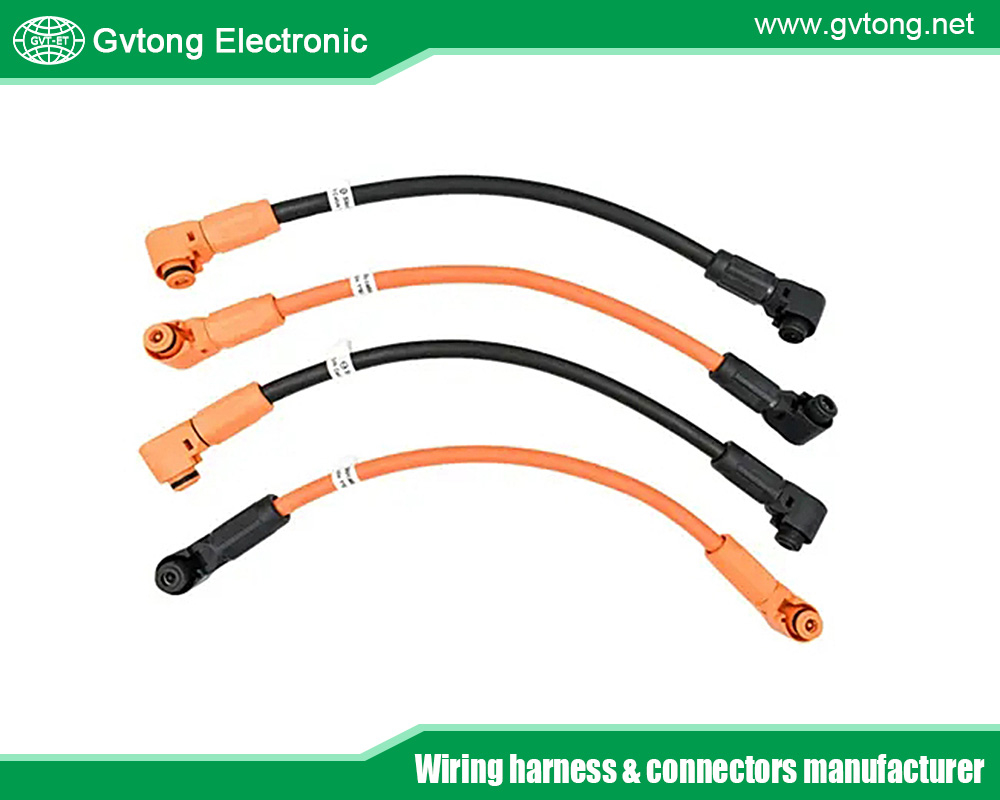
What Is Automotive Power Distribution?
Automotive power distribution refers to the system responsible for delivering electrical power from a vehicle’s power source to its electrical loads, such as lights, motors, sensors, and electronic control units (ECUs). It encompasses a network of components—including wiring harnesses, connectors, fuses, relays, and power distribution modules—that ensure power is allocated efficiently, safely, and reliably.
- Key Functions
- Power Delivery: Supplies energy to components ranging from low-power sensors to high-power systems like electric motors.
- Protection: Prevents damage from overcurrent, short circuits, or faults using fuses and circuit breakers.
- Control: Manages power allocation through switches, relays, and smart modules.
- Efficiency: Minimizes energy loss to optimize vehicle performance and fuel or battery efficiency.
- Importance in Vehicles
Power distribution is the backbone of a vehicle’s electrical architecture. A failure in this system could disable critical functions like braking, steering, or ADAS, compromising safety. In EVs, efficient power distribution is vital for maximizing range, while in connected vehicles, it supports the growing number of electronic systems. As automotive technology advances, power distribution systems must evolve to meet increasing complexity and performance demands.
Components of Automotive Power Distribution
Power distribution systems comprise several key components, each playing a specific role in delivering and managing electrical energy.
Battery
The battery is the primary power source in most vehicles, storing energy for starting the engine and powering electronics. In ICE vehicles, 12V lead-acid batteries are common, while EVs use high-voltage lithium-ion batteries (200–800V). Low-voltage systems (12V or 48V) often coexist in EVs for auxiliary functions.
Alternator (ICE Vehicles)
In ICE vehicles, the alternator generates power to charge the battery and supply electrical loads while the engine runs. It converts mechanical energy into electrical energy, typically delivering 12–14V.
Wiring Harnesses
Wiring harnesses are bundles of insulated wires that route power and signals throughout the vehicle. They connect the battery, alternator, and loads, designed for durability and minimal resistance.
Connectors
Power connectors, such as pin-and-socket or blade types, link wiring harnesses to components. They must handle high currents, resist corrosion, and withstand vibrations.
Fuses and Circuit Breakers
Fuses and circuit breakers protect circuits by interrupting power during overcurrent or short-circuit events. Fuses are single-use, while circuit breakers can reset, offering reusability in EVs.
Relays
Relays are electrically operated switches that control high-power circuits with low-power signals, used for functions like starting motors or activating lights.
Power Distribution Modules (PDMs)
PDMs, also called junction boxes or smart power centers, centralize power distribution and protection. They integrate fuses, relays, and electronics to manage multiple circuits, reducing wiring complexity.
Busbars
In high-current applications, like EV battery packs, busbars—solid metal conductors—replace wires to deliver power efficiently with lower resistance.
Applications in Modern Vehicles
Power distribution systems support a wide range of vehicle functions, each with unique power requirements.
Lighting Systems
Headlights, taillights, and interior lighting rely on power distribution for consistent operation. Low-voltage systems (12V) typically power these, with LEDs reducing energy demands.
Engine and Powertrain
In ICE vehicles, power distribution supplies ignition systems, fuel pumps, and sensors. In EVs, it delivers high-voltage power to traction motors and low-voltage power to auxiliary systems.
Infotainment and Connectivity
Infotainment systems, including touchscreens, navigation, and Wi-Fi, require stable power. Power distribution ensures uninterrupted operation, even during high electrical loads.
Safety and ADAS
Critical safety systems like airbags, anti-lock brakes (ABS), and ADAS (radar, cameras) depend on reliable power delivery. Redundant power circuits enhance safety in autonomous vehicles.
Climate Control
Heating, ventilation, and air conditioning (HVAC) systems draw significant power, especially in EVs, where they impact range. Efficient power distribution optimizes energy use.
Specific Examples
- Start-Stop Systems: Relays and PDMs manage power to restart the engine quickly in ICE vehicles.
- EV Charging: High-voltage distribution systems deliver power from charging ports to battery packs, using busbars and connectors.
Design Considerations
Designing automotive power distribution systems involves addressing several critical factors to ensure performance, safety, and efficiency.
Current and Voltage Capacity
Systems must handle varying current levels, from milliamps for sensors to hundreds of amps for EV motors. Voltage ranges include 12V (ICE), 48V (mild hybrids), and 400–800V (EVs).
Efficiency and Loss Minimization
Minimizing resistance in wires, connectors, and busbars reduces energy loss, critical for EV range and ICE fuel economy. Copper or aluminum conductors are chosen for conductivity.
Safety and Protection
- Overcurrent Protection: Fuses and circuit breakers prevent damage.
- Insulation: High-quality materials prevent short circuits.
- Grounding: Ensures safe dissipation of stray currents.
Environmental Resistance
Components must withstand:
- Temperature Extremes: From -40°C to 125°C in engine compartments.
- Vibration and Shock: Constant road and engine movement.
- Moisture and Chemicals: IP-rated seals protect against water, oils, and salts.
Weight and Space Optimization
Reducing weight improves fuel efficiency and EV range. Lightweight materials (e.g., aluminum wires) and compact PDMs save space and mass.
Standards and Testing
Power distribution systems comply with standards from SAE, ISO, and IEC. Testing includes:
- Thermal Cycling: To verify performance across temperatures.
- Vibration Tests: To ensure mechanical durability.
- Short-Circuit Tests: To confirm protection mechanisms.
Challenges in Power Distribution Design
Designing power distribution systems for modern vehicles presents several challenges:
Increasing Electrical Loads
The proliferation of electronics (ADAS, infotainment, connectivity) strains traditional 12V systems, requiring higher-capacity 48V or dual-voltage architectures.
High-Voltage Systems in EVs
EVs demand robust high-voltage distribution (400–800V) for motors and chargers, requiring specialized connectors, insulation, and safety measures.
Thermal Management
High currents generate heat, risking component failure. Cooling systems or heat-resistant materials add complexity and cost.
Weight and Cost Pressures
Automakers seek lightweight, cost-effective solutions. Aluminum wiring reduces weight but is less conductive than copper, while advanced PDMs increase costs.
Electromagnetic Interference (EMI)
High-power circuits can interfere with sensitive electronics. Shielding and careful routing add design complexity.
Solutions and Innovations
- 48V Systems: Bridge the gap between 12V and high-voltage, supporting higher loads with less current.
- Smart PDMs: Integrate electronics for real-time monitoring and fault detection.
- Solid-State Relays: Replace mechanical relays for higher reliability and efficiency.
- Wireless Power Monitoring: Reduces wiring by transmitting diagnostic data wirelessly.
Future Trends
The future of automotive power distribution is shaped by technological and industry trends:
Electrification
EVs dominate the future, requiring advanced high-voltage distribution systems. Dual-voltage architectures (e.g., 400V for motors, 12V for auxiliaries) will become standard.
Autonomous Vehicles
Self-driving cars need redundant power distribution to ensure safety-critical systems (e.g., sensors, processors) remain operational. Decentralized PDMs reduce wiring complexity.
Smart Power Management
Intelligent PDMs with embedded sensors and microcontrollers will optimize power allocation, monitor system health, and enable predictive maintenance.
Lightweight Materials
Aluminum and composite busbars, along with thinner insulation, will reduce weight, improving efficiency in EVs and hybrids.
Wireless Power Distribution
While still emerging, wireless power transfer (e.g., for low-power sensors) could reduce wiring harness complexity, though high-power applications remain challenging.
Sustainable Design
Recyclable materials and energy-efficient components will align with automotive sustainability goals, reducing environmental impact.
Case Studies and Real-World Impact
- Tesla’s Power Distribution: Tesla’s EVs use high-voltage busbars and smart PDMs to deliver power efficiently, maximizing range and performance.
- Mild Hybrids: Brands like Toyota use 48V systems to power start-stop and regenerative braking, reducing fuel consumption.
- Autonomous Shuttles: Companies like Navya deploy redundant power distribution to ensure sensor reliability in driverless vehicles.
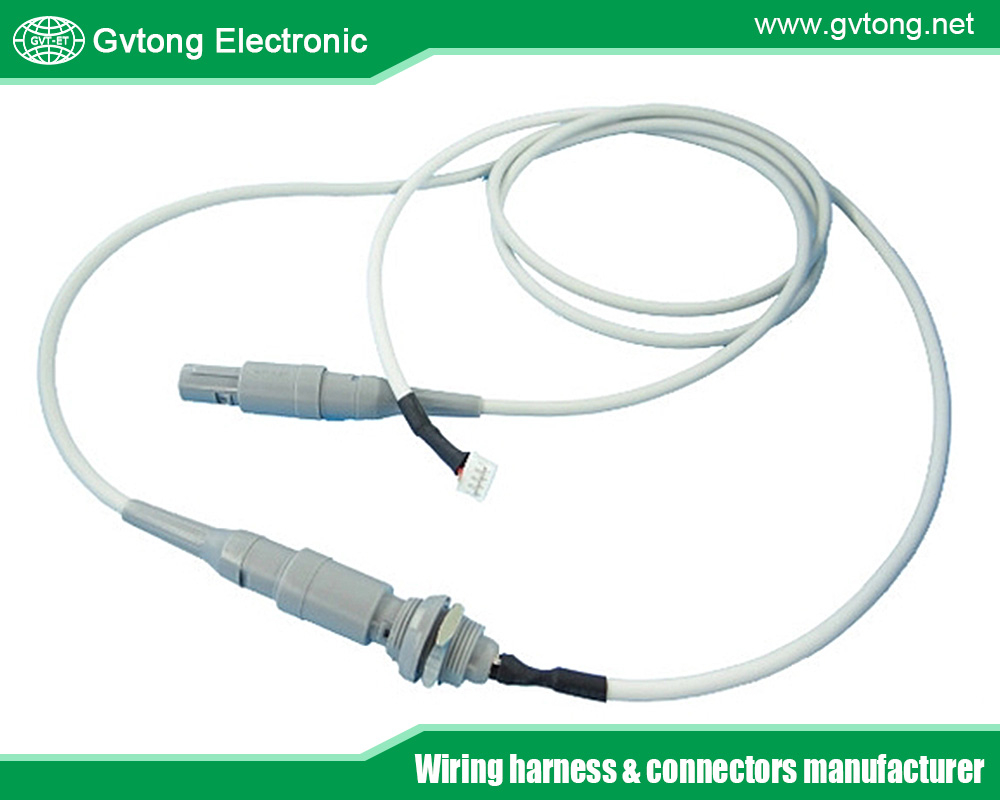
Conclusion
Automotive power distribution is the unsung hero of vehicle functionality, delivering energy to every corner of the electrical system with precision and reliability. From wiring harnesses to smart PDMs, its components form a complex network that powers lighting, safety, and connectivity. Designing these systems requires balancing efficiency, safety, and durability while addressing challenges like increasing loads, high voltages, and EMI. As vehicles embrace electrification, autonomy, and smart technologies, power distribution will evolve, incorporating lightweight materials, intelligent management, and sustainable designs.
Next time you start your car, engage adaptive cruise control, or charge an EV, consider the power distribution system working tirelessly behind the scenes. It’s the backbone of modern mobility, ensuring vehicles remain safe, efficient, and connected in an ever-evolving automotive landscape.
For more about the best automotive power distribution, you can pay a visit to Gvtong at https://www.gvtong.net/ for more info.
Recent Posts
The Best GR Series-Circular Connectors Manufacturer
The Best GD Series Combined Power Connector Manufacturer
A Guide to Selecting the Best GH Series Plastic Connector Manufacturer
How High Pressure Connectors Work?
The Best Automotive Connector Companies
Tags
Recommended Products
-
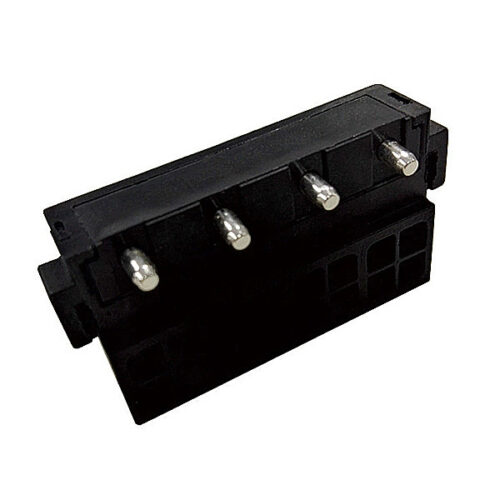
4-pin power connector (35A)
-
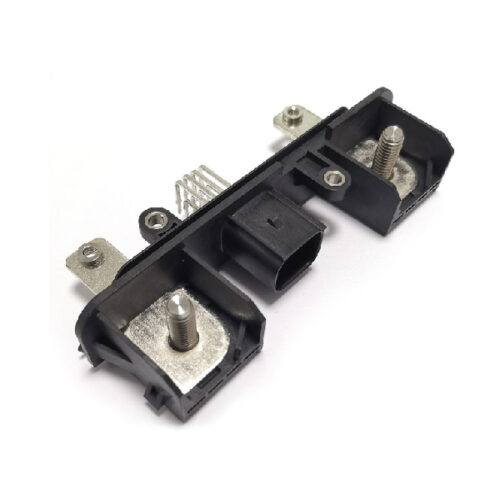
GD Series – Automotive Combined Power Connector – 2+8 Pin Hybrid Power Connector 150A 500V DC IP67 Waterproof
-

DC terminal
-
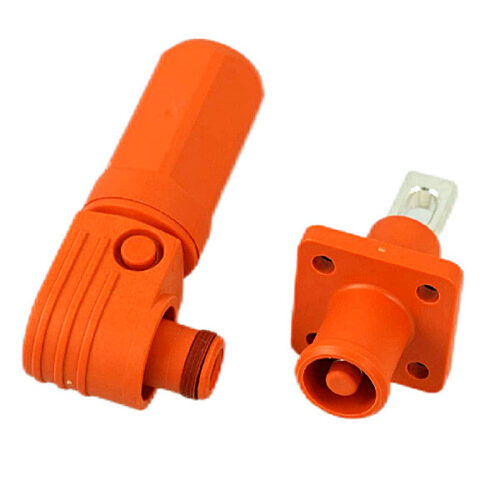
GB Series-Energy Storage Connector-5.7mm
-

Single core 10MM
-
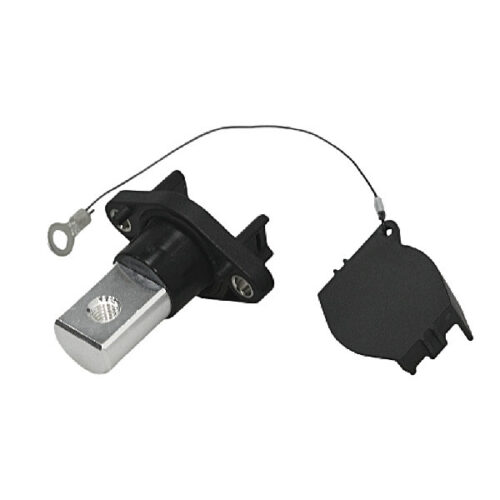
GH Series-DCDC Through-the-Wall Terminal
-
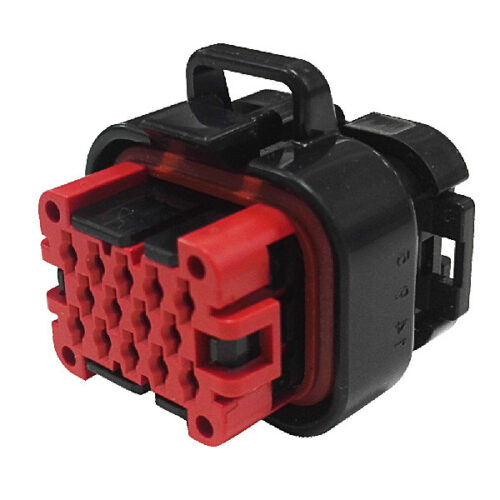
GE Series-14-core three-row signal connector
-
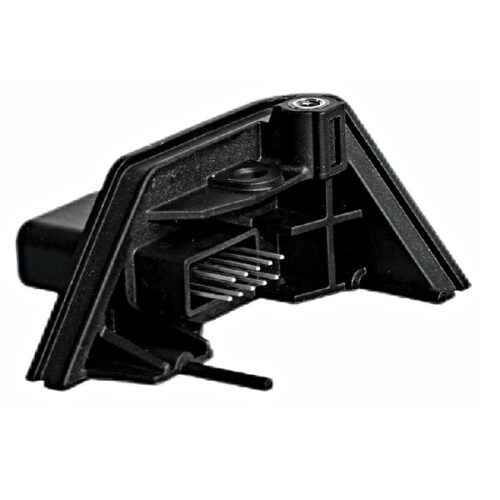
GE Series-10PIN Right Angle Connector Socket
